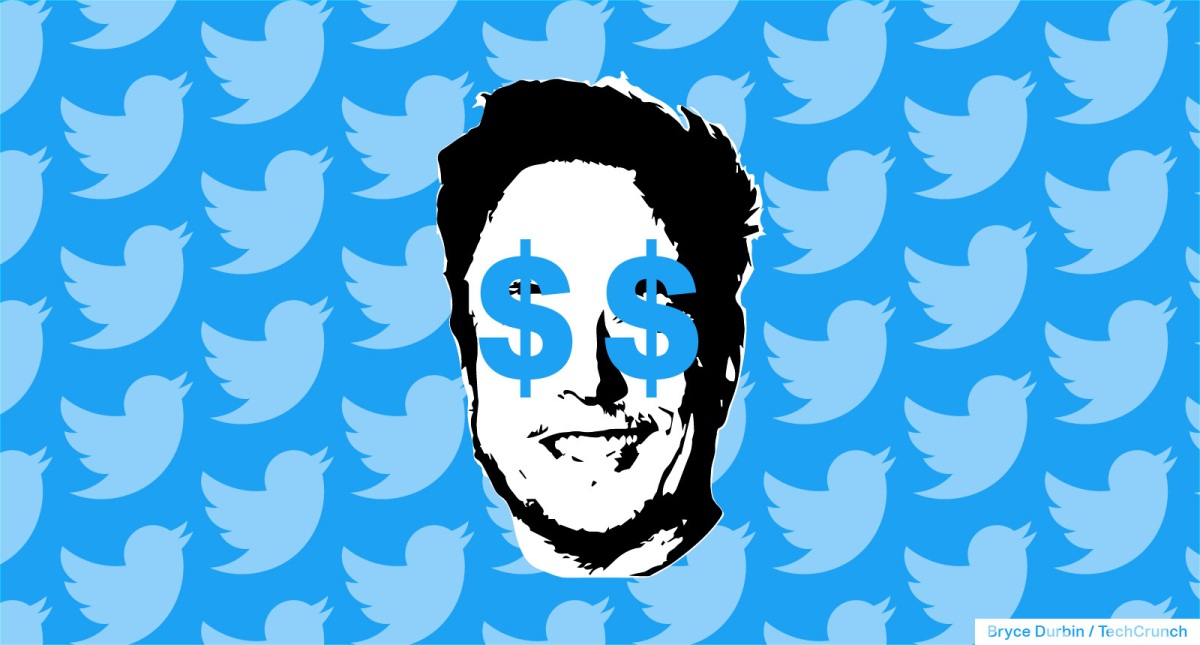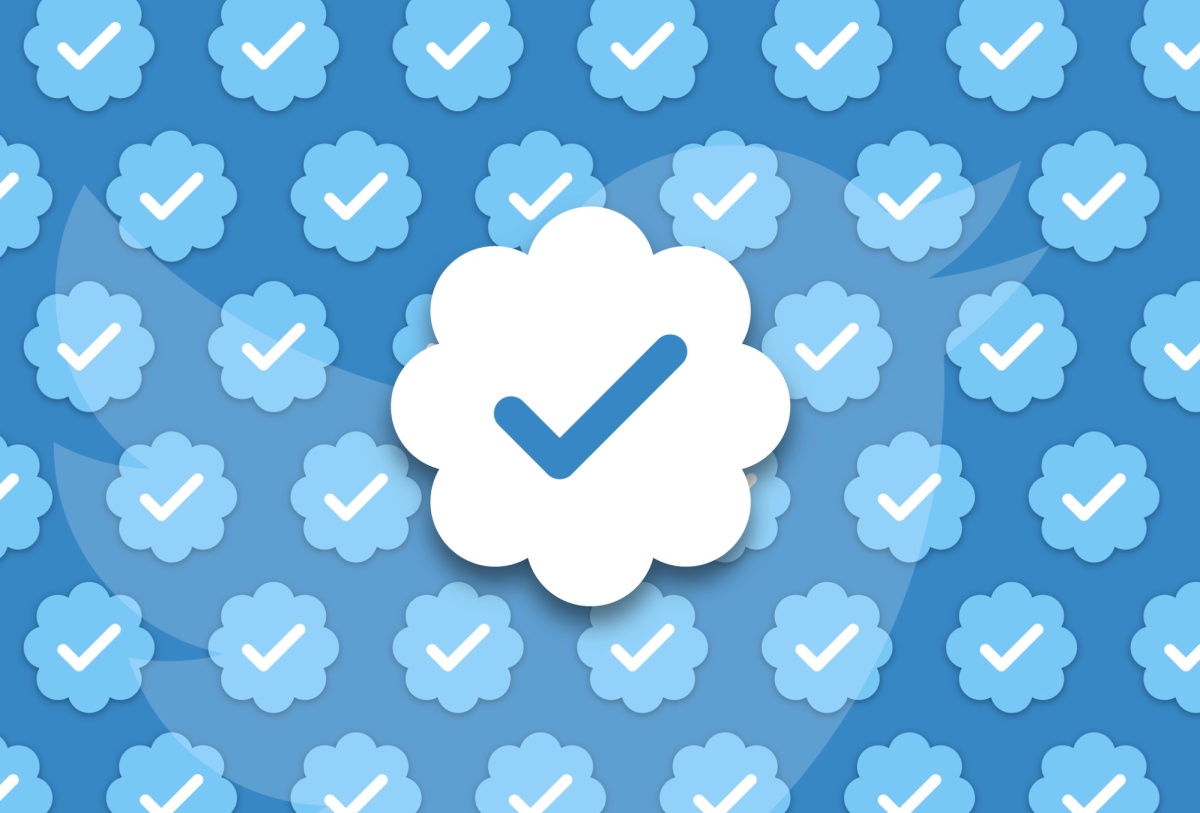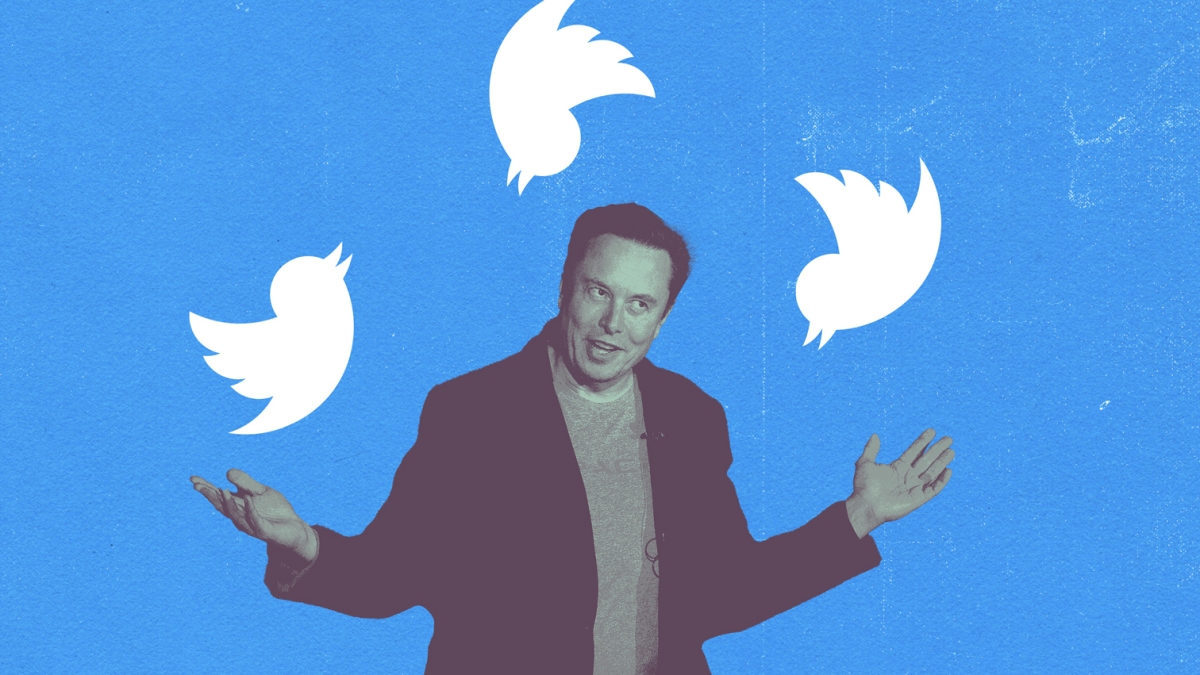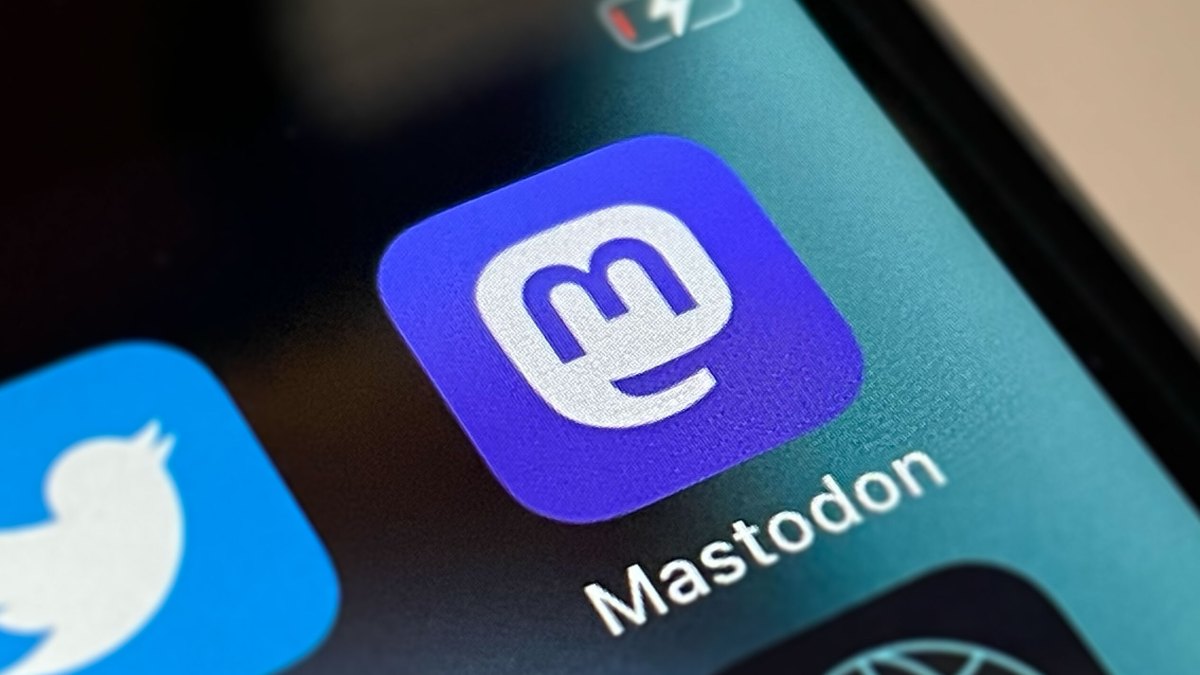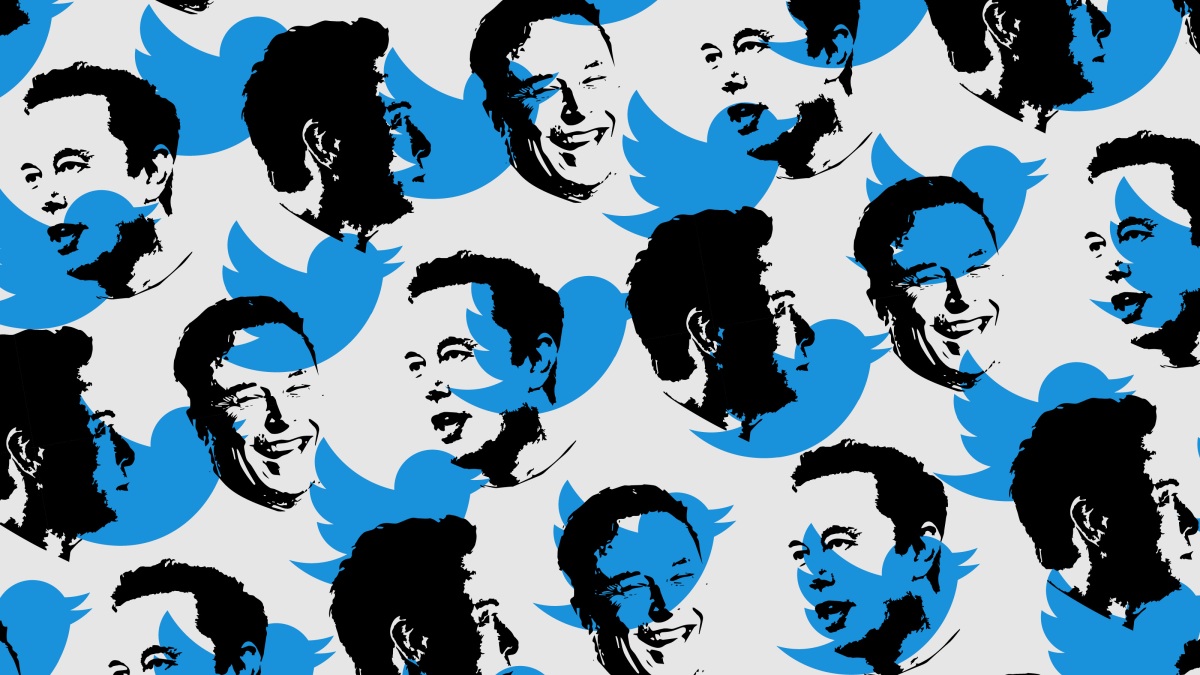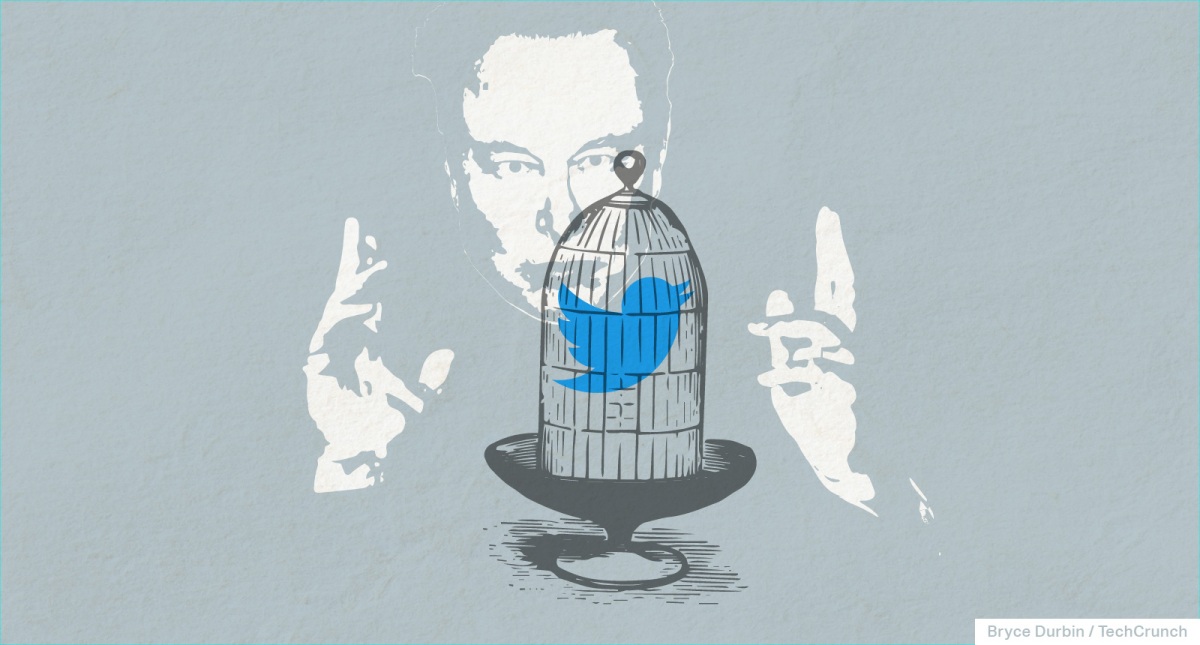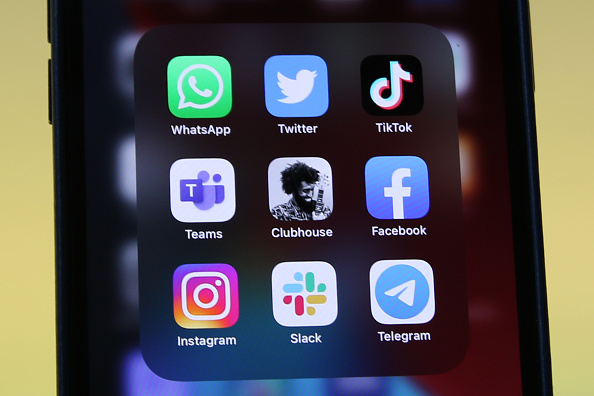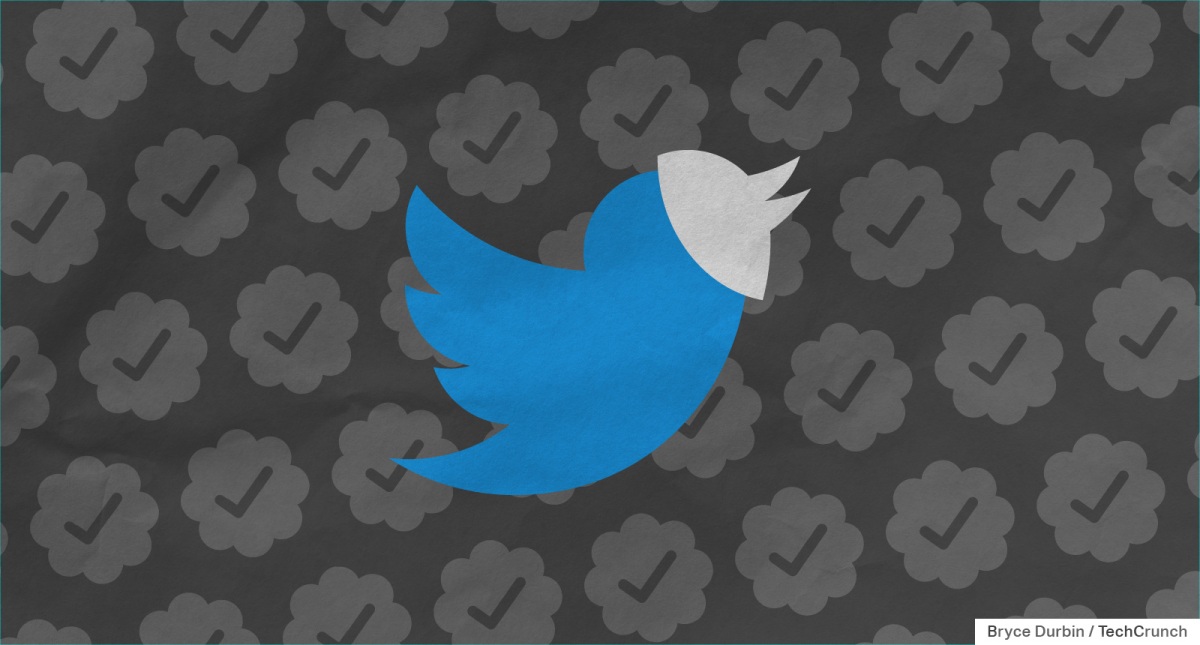Is Elon Musk’s Twitter about to fall out of the GDPR’s one-stop shop? • ZebethMedia
Helmed by erratic new owner Elon Musk, Twitter is no longer fulfilling key obligations required for it to claim Ireland as its so-called “main establishment” under the European Union’s General Data Protection Regulation (GDPR), a source familiar with the matter has told ZebethMedia. Our source, who is well placed, requested and was granted anonymity owing to the sensitivity of the issue — which could have major ramifications for Twitter and for Musk. Like many major tech firms with customers across the European Union, Twitter currently avails itself of a mechanism in the GDPR known as the one-stop shop (OSS). This is beneficial because it allows the company to streamline regulatory administration by being able to engage exclusively with a lead data supervisor in the EU Member State where it is ‘main established’ (in Twitter’s case Ireland), rather than having to accept inbound from data protection authorities across the bloc. However, under Musk’s chaotic reign — which has already seen a fast and deep downsizing of Twitter’s headcount, kicking off with layoffs of 50% of staff earlier this month — questions are being asked over whether its main establishment status in Ireland for the GDPR still holds or not. The resignation late last week of key senior personnel responsible for ensuring security and privacy compliance looks like a canary in the coal-mine when it comes to Twitter’s regulatory situation — with CISO Lea Kissner; chief privacy officer Damien Kieran; and chief compliance officer Marianne Fogarty all walking out the door en masse. It’s not clear whether any adequately qualified individuals will be willing to step into these critical compliance roles for privacy and security at Twitter given the current Musk-driven craziness — since anyone signing up for that level of responsibility risks opening themselves up to personal liability should regulatory requirements be breached on their watch. As we reported Friday, Musk’s attorney and now head of legal at Twitter, Alex Spiro — who has reportedly been given a key role in the overhaul of the platform — emailing all staff on behalf of “Elon” to claim they face no personal liability will surely sound alarm bells at regulators over Twitter’s direction of travel. Last week, The Verge also reported on turmoil inside Twitter’s privacy and security function as standard review procedures were dispensed with and engineers were asked to “self certify” compliance with FTC rules. Its report also cited an unnamed company lawyer who it said had Slacked employees to warn them that changes to how Twitter operates is piling personal, professional and legal risk onto engineers instructed to implement Musk’s will regardless of consequences. Under the EU’s GDPR, meanwhile, Twitter is obliged — in just one very basic requirement — to have a data protection officer (DPO) to provide a contact point for regulators. Hence the departure of Kieran, its first and only DPO since the role was created at the company in 2018, has not gone unnoticed by its data protection watchdog in Ireland — as we also reported Friday. But the Irish Data Protection Commission (DPC)’s concerns are already spiralling wider than Twitter’s compliance with notifications about core personnel: Last week, the authority — currently Twitter’s lead EU DPA under the GDPR’s OSS — put the social media firm on watch by signalling public concern when it said it would be putting questions to the company about the status of its main establishment in Ireland at a meeting scheduled for early this week, to discuss all the recent privacy changes since the Musk takeover. Twitter has not commented publicly on the DPC’s warning nor on the departures of senior regulator-facing staffers. Indeed, since Musk took over, its communications department appears to have been dismantled and the company no longer responds to press requests for comment — so it was not possible to obtain an official statement from Twitter about these departures or on the substance of our report. (We’re happy to add a response if Twitter or Musk wants to send us one.) For Twitter’s business itself, there are a number of potential consequences in play if its ability to meet regulatory requirements falls. If the DPC assesses (or is informed by Musk) that it no longer has its main establishment in Ireland the company will crash out of the OSS — opening it up to being regulated by data protection authority across the bloc’s 27 Member States which would become competent to oversee its business. In practice, that means any EU data protection authority would be able to act directly on concerns it has that local users’ data is at risk — with the power to instigate their own investigations and take enforcement actions. So Ireland’s more business friendly regulator would no longer be leading the handling of any GDPR concerns about Twitter; probes could be simultaneously opened up all over the EU — including in Member States like France and Germany where data protection authorities have a reputation for being quicker to the punch (and/or more aggressive) in responding to complaints compared to Ireland. If Twitter loses its ability to claim main establishment in Ireland it would therefore drastically amp up the complexity, cost and risk of achieving GDPR compliance. (Reminder: Penalties under the regulation can scale up to 4% of annual global turnover — so these are not rules a normal CEO would ignore.) The GDPR does not set out specific criteria for assessing main establishment. But, in Twitter’s case — in order for it to be able to fulfil the regulation’s requirement of “effective and real exercise of management activities determining the main decisions as to the purposes and means of processing through stable arrangements” actually taking place locally, in Ireland, despite Twitter product development being led out of the US — we understand that the company devised a careful legal framework which was designed to empower an Irish entity to be the data controller for EU users by ensuring that this Ireland-located Twitter company, which has its own board of directors subject to
